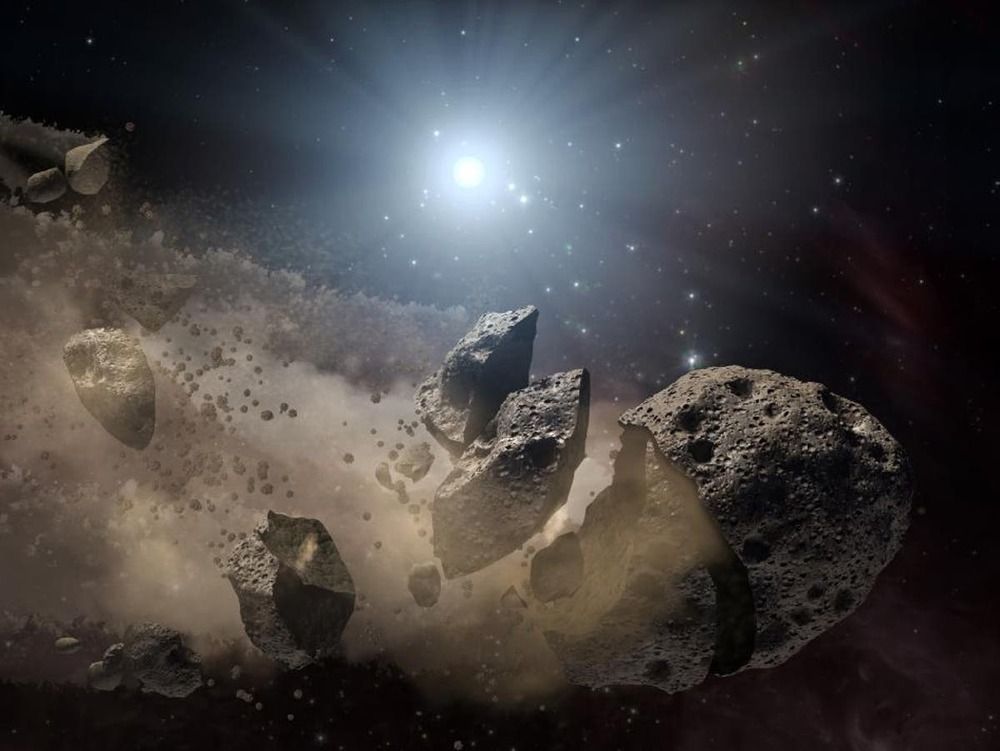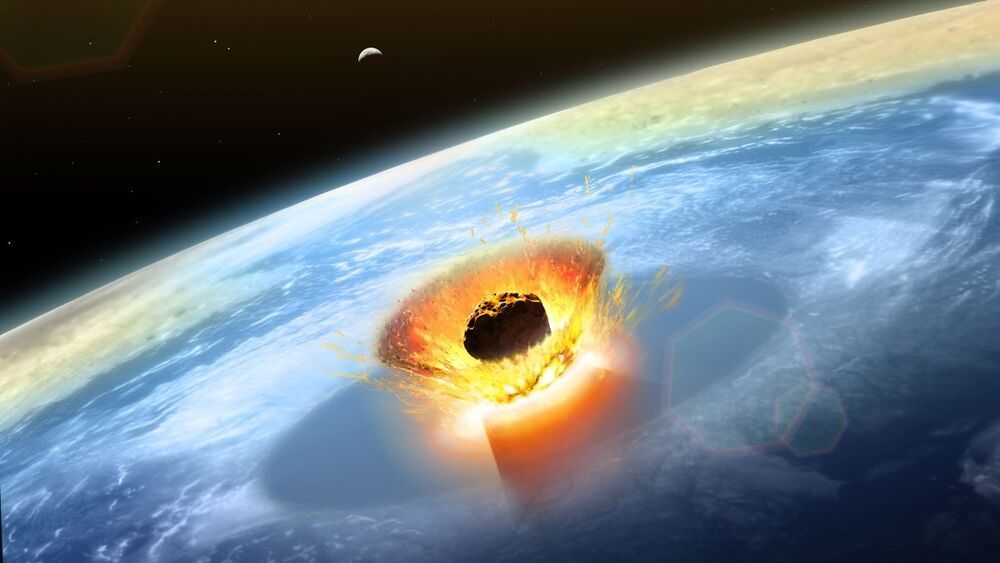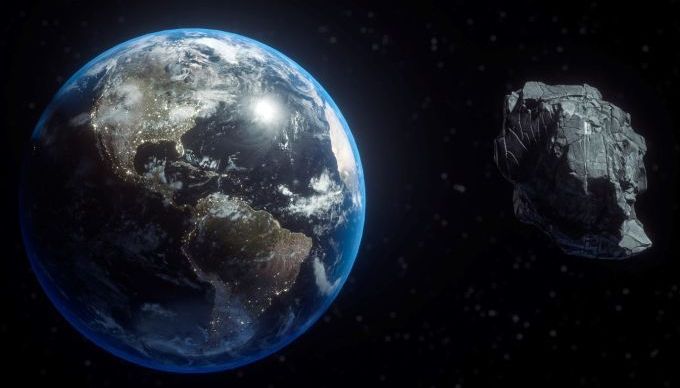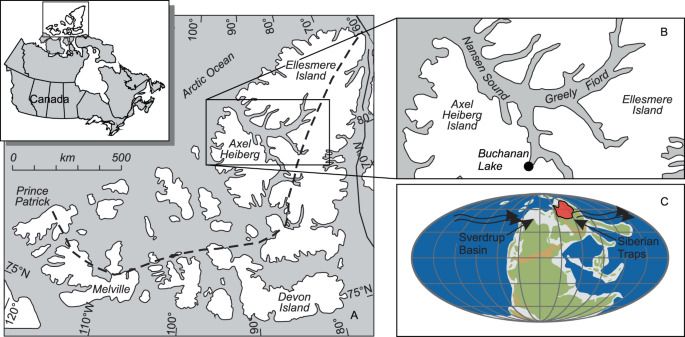A study by NASA has used precision-tracking data from the Origins, Spectral Interpretation, Resource Identification, Security-Regolith Explorer (OSIRIS-REx) spacecraft to more accurately plot the route of potentially hazardous asteroid Bennu from now until the year 2300.
The agency’s new data, published this week in Icarus, has significantly reduced the uncertainties related to its future orbit, and improved scientists’ ability to determine the total impact probability and predict the orbits of other asteroids.
“NASA’s Planetary Defense mission is to find and monitor asteroids and comets that can come near Earth and may pose a hazard to our planet,” said Kelly Fast, program manager for the Near-Earth Object Observations Program at NASA Headquarters in Washington. “We carry out this endeavour through continuing astronomical surveys that collect data to discover previously unknown objects and refine our orbital models for them. The OSIRIS-REx mission has provided an extraordinary opportunity to refine and test these models, helping us better predict where Bennu will be when it makes its close approach to Earth more than a century from now.”








